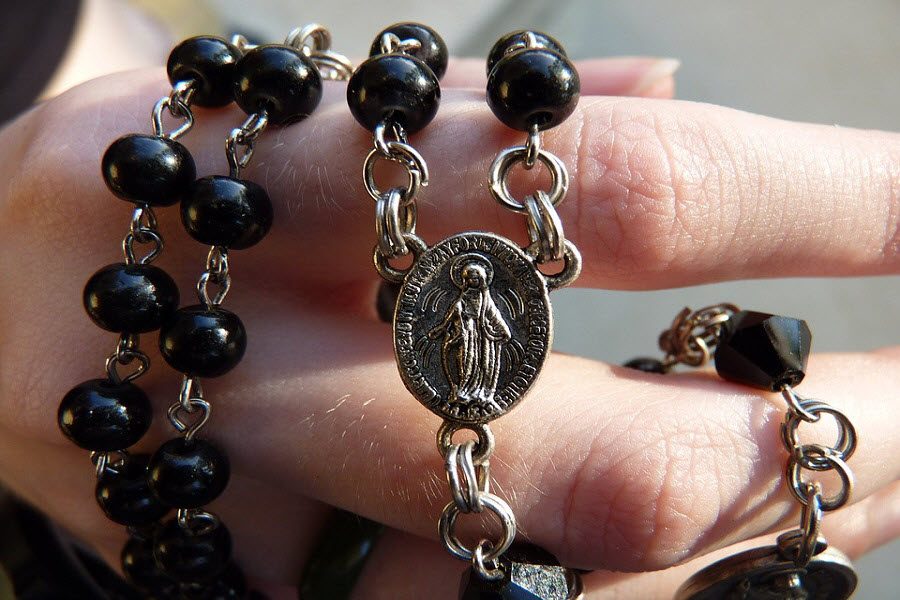
Christ, King of All
11-26-2017Weekly ReflectionOn this, the final Sunday of the liturgical year, we celebrate the solemnity of Christ the King. By concluding the year with this feast we are proclaiming our faith that Jesus Christ is the one and only king over all seasons, all peoples, and all of creation.
READ MORE
Sharing Our Gifts
11-19-2017Weekly ReflectionAutumn is the season for harvesting and sharing the fruits of our labors. This week’s scriptures use images of the harvest, family life, pregnancy, and investment to describe the abundant harvest in the reign of God. We discover that sharing the gifts we have been given brings eternal rewards for everyone.
READ MOREOur Treasury of Prayer
11-12-2017Treasures from our TraditionWe had sixteen hundred years’ experience with one Eucharistic Prayer in our repertoire and the liturgical reforms of the Council of Trent shaped the way we worshiped for four hundred years. In the last years of the Tridentine Mass, the early 1960s, we tended to see children as miniature adults. Fully rooted in the Sunday assembly by the decision of Pope Saint Pius X to push Communion back to the age of seven or so from the standard age of twelve to fourteen years during the early 1900s, children were still more tolerated than acknowledged. The Mass was in Latin, and by the 1960s the people had begun to regain their voices in the “dialogue Mass,” so the focus was on training little children to recite or sing in Latin.
READ MORE
The Psalter of Mary
11-05-2017Weekly ReflectionSuch is an old name for the Rosary because of its fifteen decades-150 Hail Mary’s with fifteen meditations-is a complete Rosary and includes exactly the same number of Hail Mary’s as there are psalms in the Psalter (Book of Psalms). It was the laity’s desire to share in the Church’s daily prayer, the Liturgy of the Hours, that led in the twelfth century to the Rosary prayer form.
In those days, many of the faithful were unable to read, so praying the Aves from memory took the place of the written prayer texts used by the more educated clergy. The well known and symbolically powerful beads were adopted as a simple counting aid. Such are the scriptural and liturgical roots of this symbol of prayer, the Rosary.